
Pu-erh tea, also known as Puer tea and Bolay tea is a type of tea, one of the varieties of Camellia sinensis. The ancient Chinese believed this tea to be almost magical and attributed to it many health benefits. Some pu-erh teas can be very old and connoisseurs and tea aficionados are sometimes willing to pay thousands of dollars for it. With age it becomes richer and more exquisite. Just like black tea, this tea is fermented. It comes in form of loose leaves or in compact form, known as tea brick or tea cake.
Health benefits of pu-erh tea
This tea is believed to remove toxins, reduce inflammation, help the digestion, improve eyesight, contribute to weight loss and blood circulation and reduce the negative effects of alcohol consumption.
Although the process of making pu-erh tea is somewhat different that other teas, it contains just as much antioxidants. Antioxidants found in tea are considered to be important for preventing and fighting cancer, because they fight the free radicals.
This tea increased the metabolism, which is beneficial for persons who wish to lose weight. The other possible reason for this effect of pu-erh is that it contains tannins, which bind the macronutrients and coagulate the enzymes that are involved in digestion, thus reducing the absorption of nutrients.
Several scientific studies in China and France have proven that pu-erh reduces the levels of bad cholesterol, which makes it an important contributor to the cardiovascular health and a way to prevent coronary disease.
In those studies the participants who were drinking three or more cups of pu-erh tea per day have shown a significant decrease of cholesterol in the blood.
Pu-erh can also reduce the levels of blood triglycerides.
Tea qualities and brewing
Most teas taste better when they are brewed from fresh leaves. With pu-erh, this is not the case. Just like wine, this tea improves with age.
The experts claim that pu-erh is best if consumed after a heavy, greasy meal. In Cantonese culture it is usually drank at dim sum. Some Chinese add dried flower petals, usually chrysanthemum and osmanthus.
People who are trying to give up coffee have testified that this tea makes and excellent substitute, its flavor being strong and robust, and the caffeine level is much lower. It goes very well with milk too.
Pu-erh that comes in bricks is prepared by cutting some of the leaves from the compact brick and brewing them with boiling water for the best result.



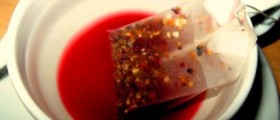
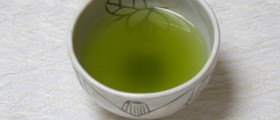
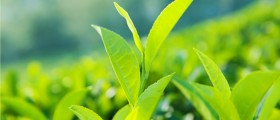
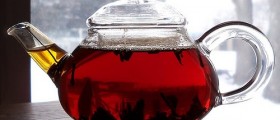


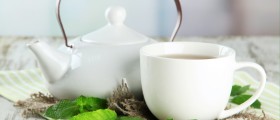


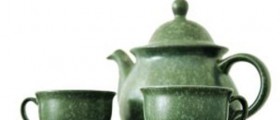
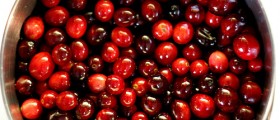
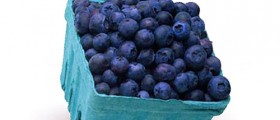

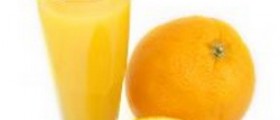
Your thoughts on this
Loading...